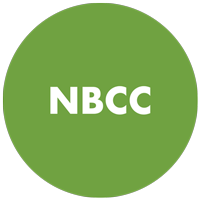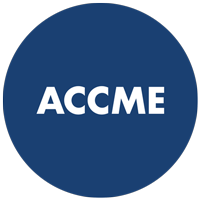Back
Leadership and Organizational Excellence
MTL1 - Lost and Found in Transition: A Time of Great Risk. A Time of Great Potential
Monday, April 15, 2024
2:45 PM – 3:45 PM CT
Location: Hall 2, Level 1, ACCC

David Shore, Ph.D
Adjunct Faculty
Harvard University
Thought Leader(s)
Every transition creates uncertainty. Therefore, few would expect the process or period of changing from one position or condition to another to be painless. However, the degree of difficulty along with the chronically high failure rates associated with professional and personal transitions should make us all uncomfortable. For example, in terms of personal transitions, most people spend more time planning for a two-week vacation than planning the transition to what might be thirty-years in retirement. Executive transitions are particularly noteworthy. When asked to rank life’s challenges in order of difficulty, one study found number one to be “making a transition at work” – ahead of bereavement, divorce, and health issues. At the same time, 90% of CEOs regret how they handled their transition to power. Greater than 90% confess that they would have managed their transitions differently, and a majority of CEOs found the role differed from what they imagined. Just two years after executive transition, nearly half of leadership transitions are regarded as failures or disappointments.
Our discussion could not be more timely. The accelerated pace of technological change is reshaping jobs in ways that require us to constantly reshape our career. Over the past three years, there have been 50% more occupational transitions than the previous three years in the US labor market, with an additional 12 million occupational transitions likely to happen between 2023-2030.
This session explores the necessary losses that accompany transitions. We share assessment tools to make a transition go-no/go decision, as well as a self-reflection tool to facilitate moving through the transition life cycle once a decision is made to go from a current state to a future state.
Our discussion could not be more timely. The accelerated pace of technological change is reshaping jobs in ways that require us to constantly reshape our career. Over the past three years, there have been 50% more occupational transitions than the previous three years in the US labor market, with an additional 12 million occupational transitions likely to happen between 2023-2030.
This session explores the necessary losses that accompany transitions. We share assessment tools to make a transition go-no/go decision, as well as a self-reflection tool to facilitate moving through the transition life cycle once a decision is made to go from a current state to a future state.
Learning Objectives:
- Analyze assessment tools needed to succeed in transitions.
- Illustrate a self-reflection tool that helps facilitate the transition process.
- Explore transitions and why they can be difficult to manage.





